With a £19 billion UK property portfolio, at Legal & General we have thought seriously about how the real estate sector needs to respond to climate change.
Our 2020 real estate net zero roadmap highlighted the importance of incorporating net-zero requirements at key intervention points in the property management lifecycle.
These are some of the steps we are taking across our retail estate asset portfolio to deliver on our net-zero targets by making timely interventions:
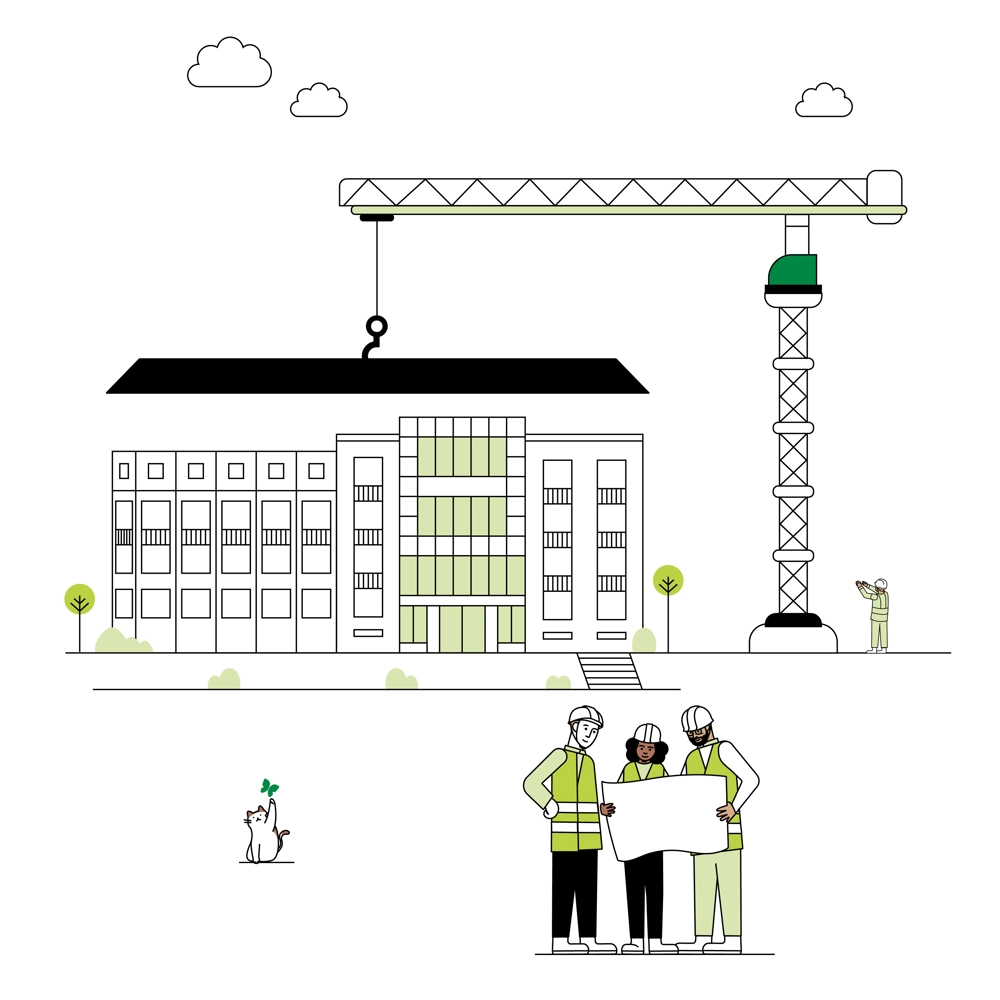
1. Target net-zero on new builds and major refurbishments
When we undertake new developments or major refurbishments, we set net-zero targets and carry out operational and embodied carbon studies as appropriate. We ran a net-zero study on North Quay House in Bristol, for example, which revealed that refurbishing rather than redeveloping the building would lead to significantly lower emissions. North Quay is on track to achieve around 30% lower embodied emissions than industry net-zero targets when complete.
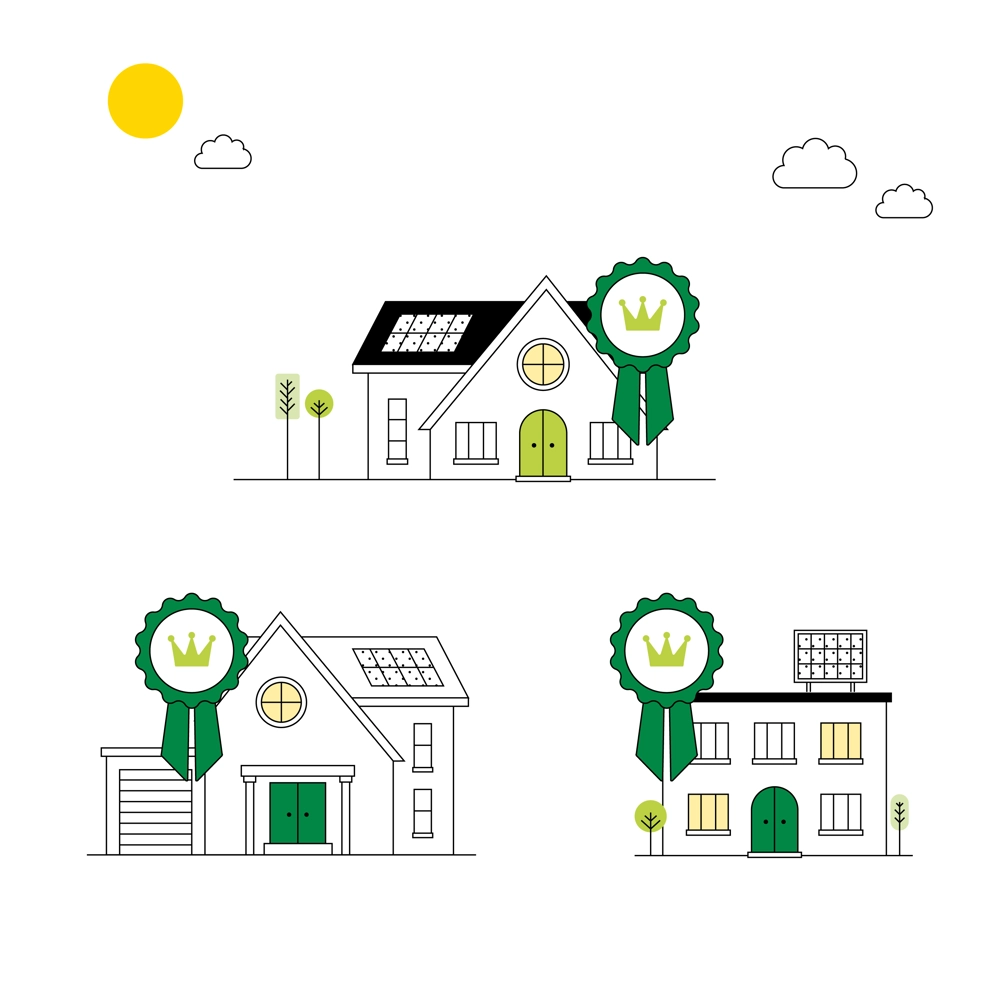
2. Deliver on energy performance.
Buildings are often designed to be energy efficient but when they are built there is a significant gap between that intention and the reality. To ensure the design aspirations of our projects result in real-world performance, we have adopted NABERS Design for Performance for all new office developments and major refurbishments of over 2,000m2.

3. Consider net-zero on acquisition
We require net-zero audits to be carried out as part of the due diligence process when we purchase existing properties. These audits give an indication of what needs to be done to achieve net-zero, which has implications for the cost-benefits of the asset decarbonisation plan.
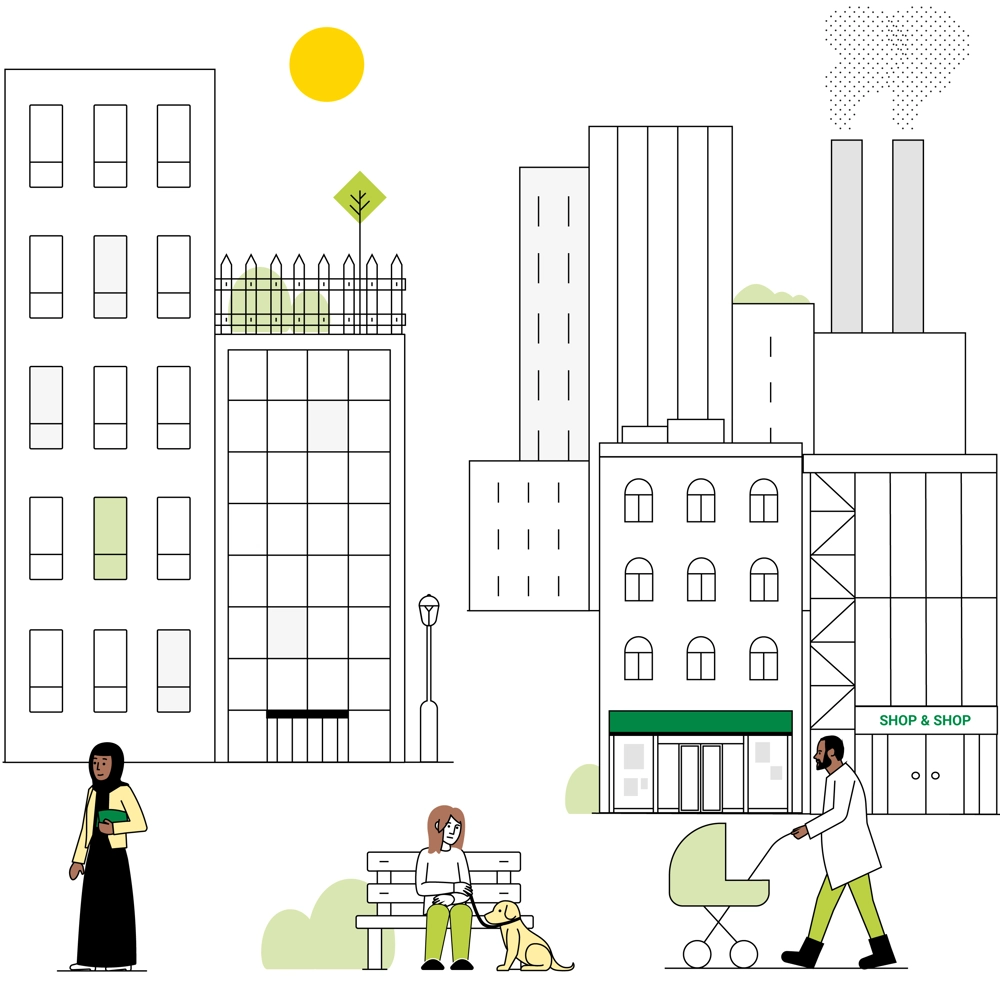
4. Run net-zero audits on existing assets
Between 2021 and 2022, we carried out net-zero carbon audits for 115 existing priority assets across sectors such as offices, retail and industrial. These audits identify the actions needed to achieve net zero and have fed into our Asset Sustainability Plans, which set out a short and long-term pathway for driving sustainability improvements.

5. Engage occupiers
Many of LGIM Real Assets (RA)’s properties are managed and operated by occupiers. To achieve our sustainability targets we therefore need extensive and ongoing engagement and collaboration with our occupiers. One example is Aberystwyth University, which we connected with our network of specialist sustainability consultants, who helped them develop a net-zero roadmap audit and implementation plan. Our occupier engagement is supported by Vizta, an innovative technology-led platform that focuses on sustainability. We encourage our occupiers to share data in return for insights and support. We also have green lease clauses, including collaboration requirements around net-zero carbon.
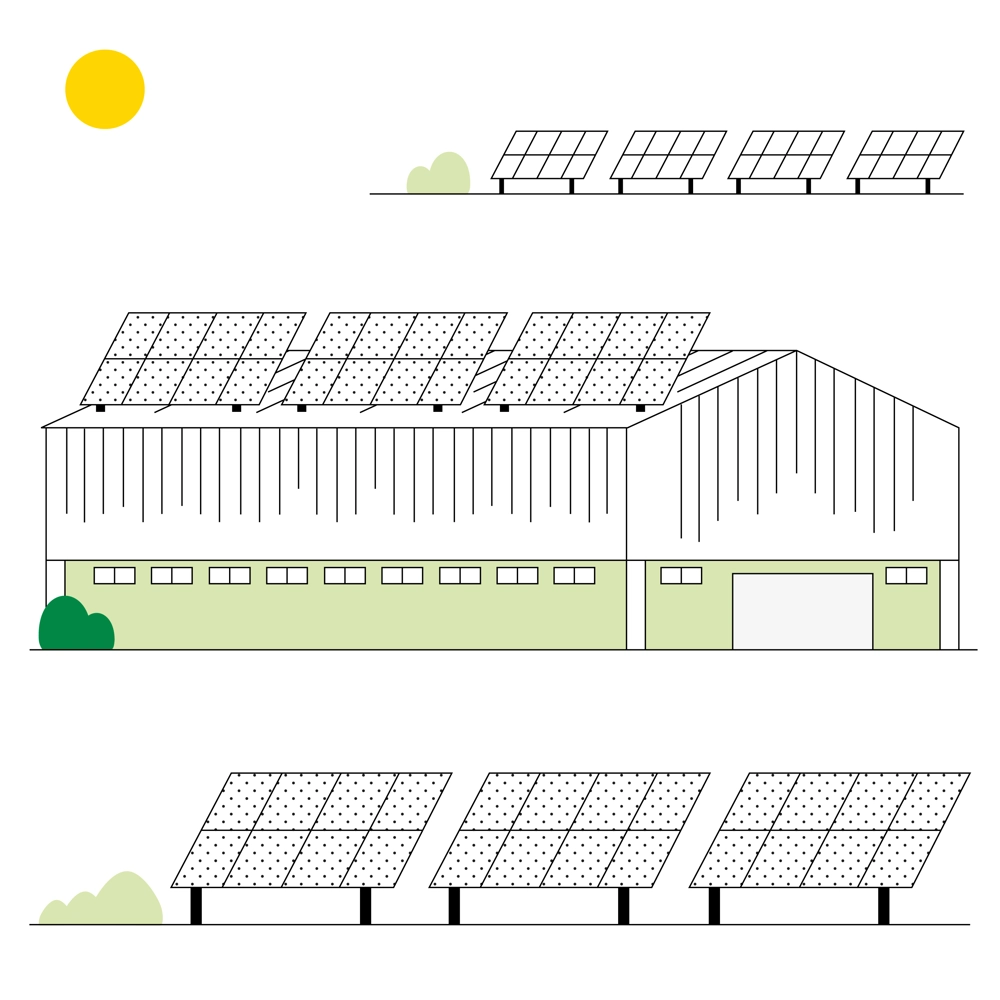
6. Accelerate implementation
Our Sustainable DC Property Fund (SDCF) has an earlier target of achieving net-zero operational carbon by 2030. SDCF is working towards this by developing and rolling out detailed implementation plans for key assets, such as the Compass West Industrial Estate. The Compass West net-zero plan proposed lighting upgrades, the installation of automated meter readers to better understand and reduce energy consumption, the removal of gas and a review of the feasibility of onsite renewable energy generation. This fund is helping to pioneer and accelerate a range of new approaches.
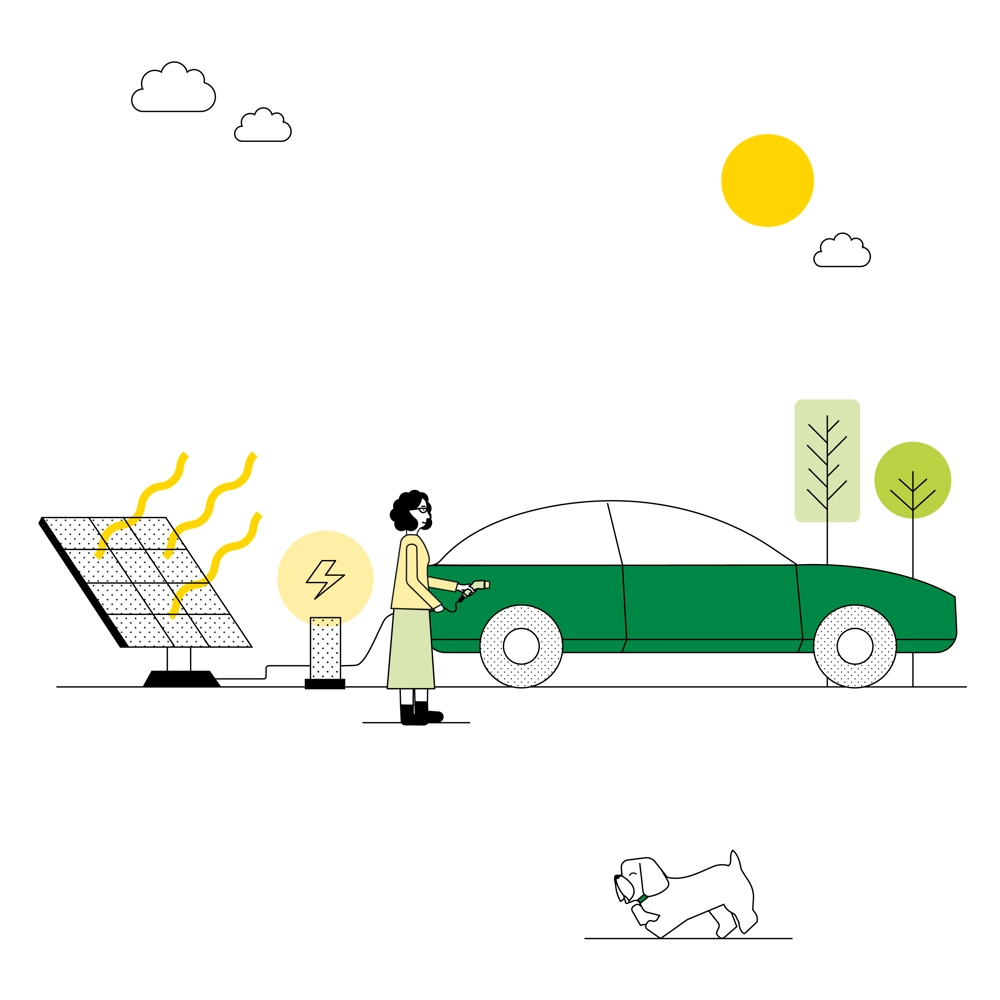
7. Explore on-site renewable energy
A pilot project we launched in 2022 helped develop a holistic view of the opportunities and considerations around on-site renewable generation. The four pilot studies included the potential adoption of on-site renewables as well as new requirements for electric vehicle charging and the potential for new microgrid technology.

8. Develop new net-zero tools and guidance
In order to take full advantage of the opportunity to embed energy improvements during refurbishments and fit-outs, we have been developing new tools. These include a big shed modelling tool, an industrial refurbishment guide and a new office fit-out guide.
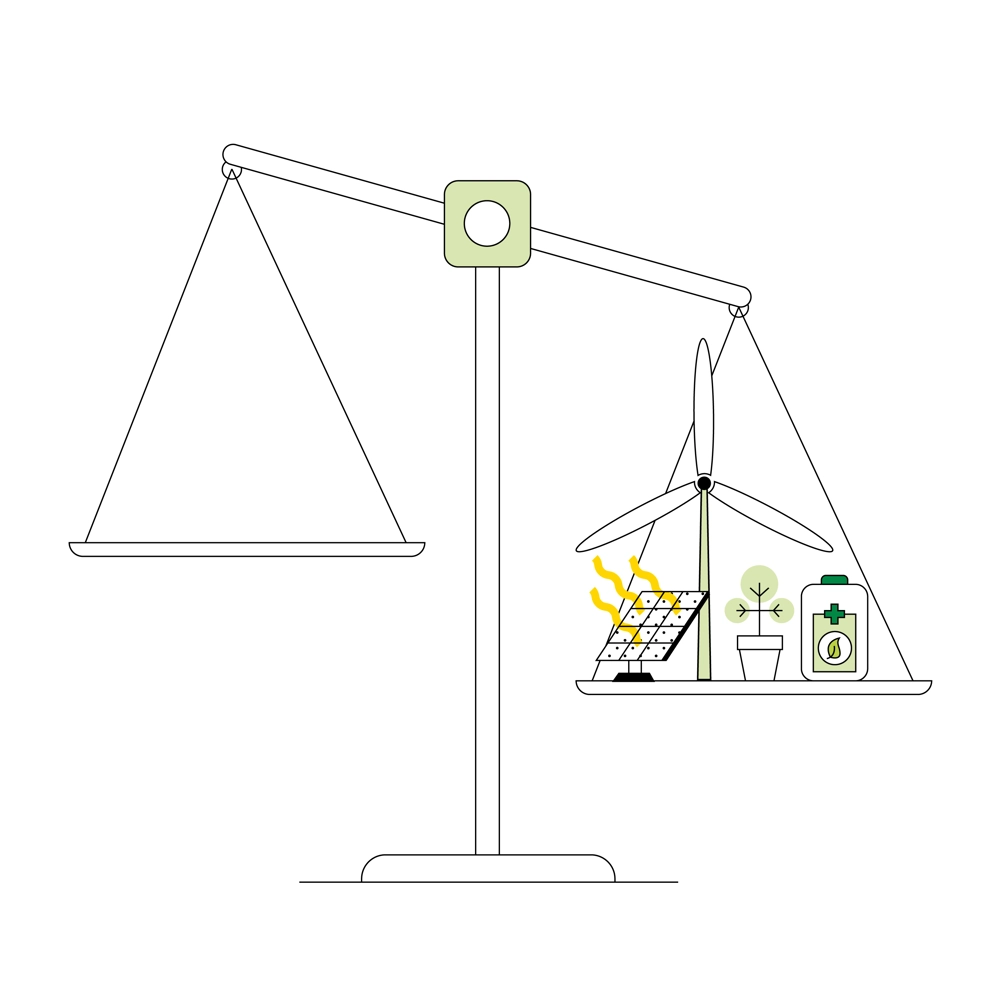
9. Carbon Offsetting
The last step to achieving net zero is to offset any residual emissions. During 2023, we worked with technical experts to engage with internal stakeholders across Legal & General Group in order to build knowledge, which has informed the development of a robust approach to any future carbon offsetting.

10. Assess climate risk and build resilience
We work with specialist climate risk modelling provider XDI to understand the impact of climate change on our portfolio and build resilience. We recently improved the granularity of this analysis, through new building-level risk information and on-site intelligence. Through this process, we will create more targeted adaptation strategies for assets deemed at risk. In addition, we have been working to include the use of new climate-risk tools in our development and acquisition processes, providing insights out to 2100.




